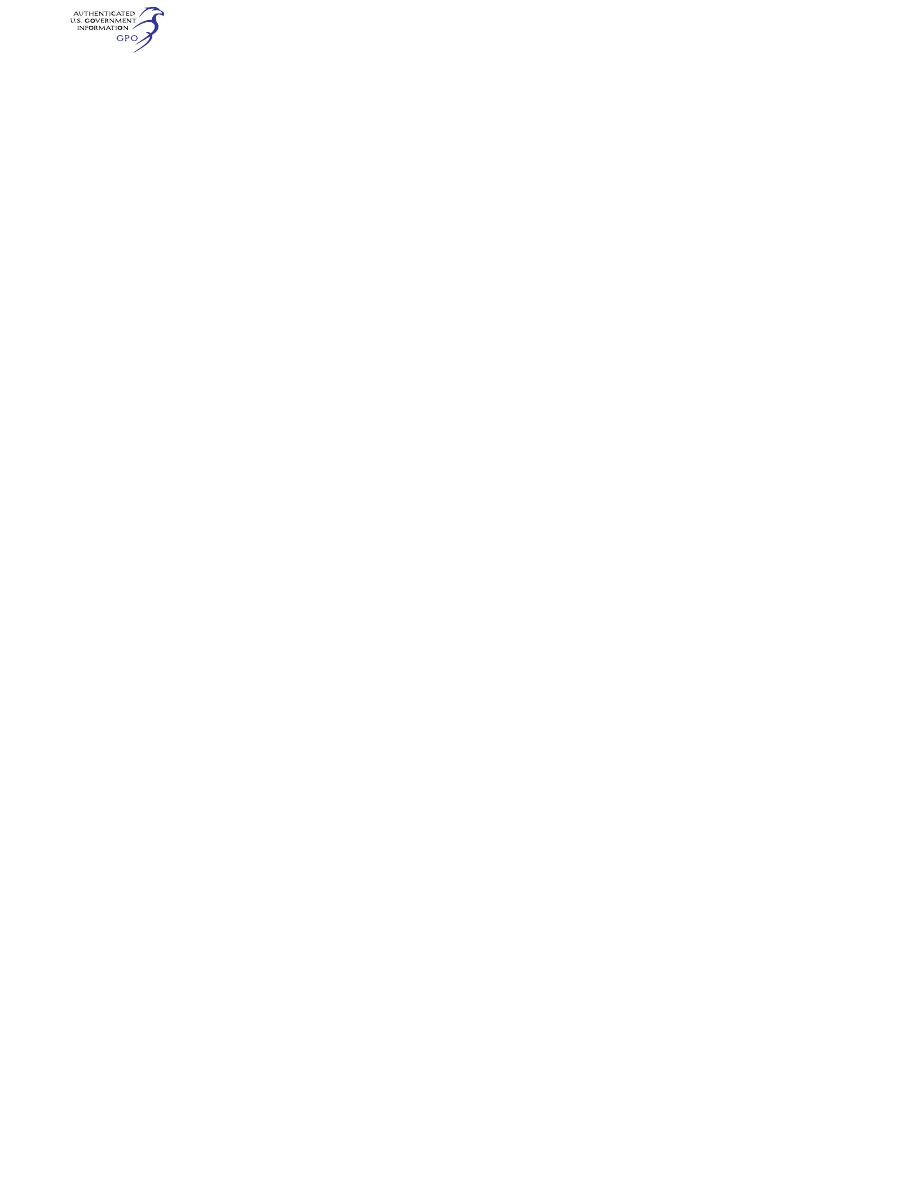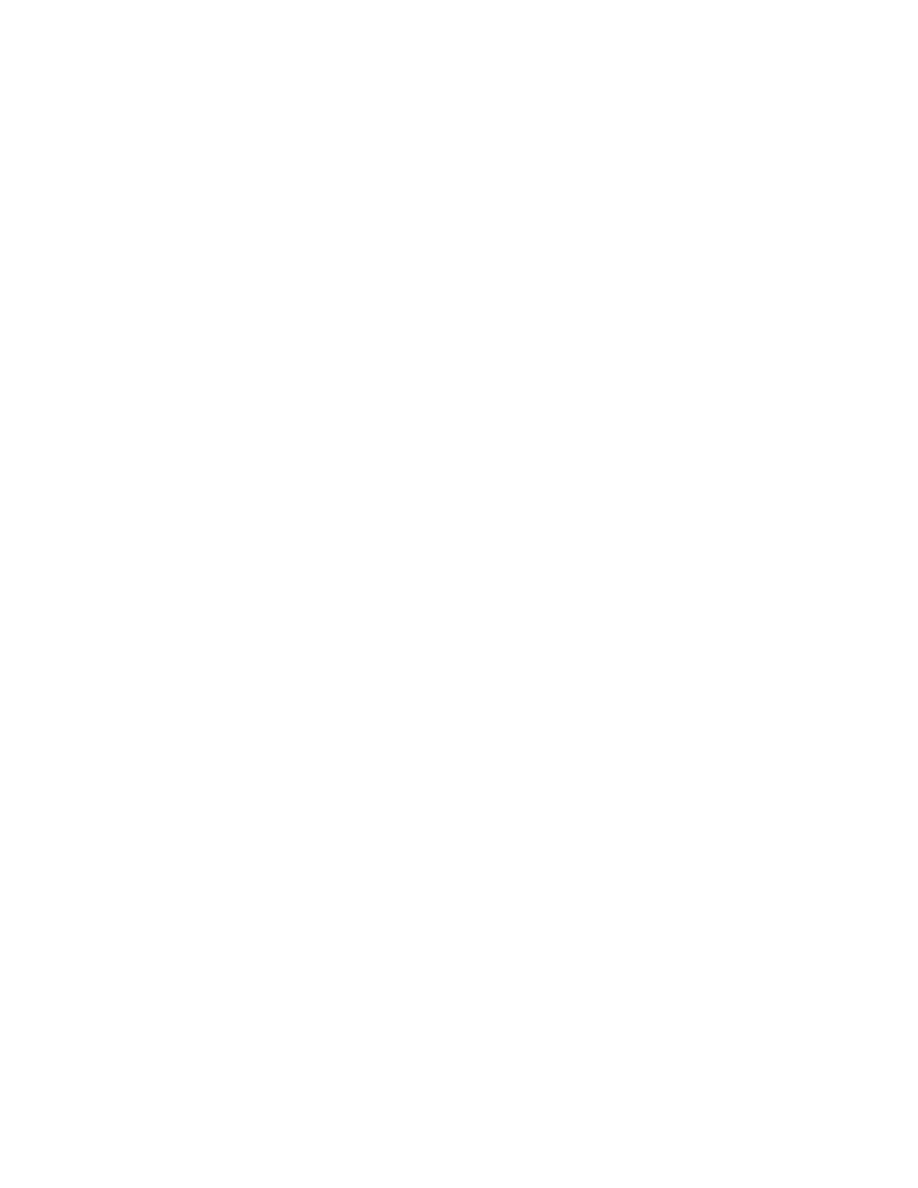
537
Federal Aviation Administration, DOT
§ 61.103
(1) Receiving flight training from a
person authorized to provide flight
training on board an airship; and
(2) No person other than a required
flight crewmember is carried on the
aircraft.
(g) A person who holds a recreational
pilot certificate, has logged fewer than
400 flight hours, and has not logged
pilot-in-command time in an aircraft
within the 180 days preceding the flight
shall not act as pilot in command of an
aircraft until the pilot receives flight
training and a logbook endorsement
from an authorized instructor, and the
instructor certifies that the person is
proficient to act as pilot in command
of the aircraft. This requirement can
be met in combination with the re-
quirements of §§ 61.56 and 61.57 of this
part, at the discretion of the author-
ized instructor.
(h) A recreational pilot certificate
issued under this subpart carries the
notation, ‘‘Holder does not meet ICAO
requirements.’’
(i) For the purpose of obtaining addi-
tional certificates or ratings while
under the supervision of an authorized
instructor, a recreational pilot may fly
as the sole occupant of an aircraft:
(1) For which the pilot does not hold
an appropriate category or class rat-
ing;
(2) Within airspace that requires
communication with air traffic con-
trol; or
(3) Between sunset and sunrise, pro-
vided the flight or surface visibility is
at least 5 statute miles.
(j) In order to fly solo as provided in
paragraph (i) of this section, the rec-
reational pilot must meet the appro-
priate aeronautical knowledge and
flight training requirements of § 61.87
for that aircraft. When operating an
aircraft under the conditions specified
in paragraph (i) of this section, the rec-
reational pilot shall carry the logbook
that has been endorsed for each flight
by an authorized instructor who:
(1) Has given the recreational pilot
training in the make and model of air-
craft in which the solo flight is to be
made;
(2) Has found that the recreational
pilot has met the applicable require-
ments of § 61.87; and
(3) Has found that the recreational
pilot is competent to make solo flights
in accordance with the logbook en-
dorsement.
(k) A recreational pilot may act as
pilot in command of an aircraft with-
out holding a medical certificate issued
under part 67 of this chapter provided
the pilot holds a valid U.S. driver’s li-
cense, meets the requirements of
§ 61.23(c)(3), and the operation is con-
ducted consistent with this section and
the conditions of § 61.113(i). Where the
requirements of this section conflict
with § 61.113(i), a recreational pilot
must comply with this section.
[Doc. No. 25910, 62 FR 16298, Apr. 4, 1997, as
amended by Amdt. 61–110, 69 FR 44868, July
27, 2004; Amdt. 61–124, 74 FR 42558, Aug. 21,
2009; Docket FAA–2016–9157, Amdt. 61–140, 82
FR 3165, Jan. 11, 2017]
Subpart E—Private Pilots
§ 61.102
Applicability.
This subpart prescribes the require-
ments for the issuance of private pilot
certificates and ratings, the conditions
under which those certificates and rat-
ings are necessary, and the general op-
erating rules for persons who hold
those certificates and ratings.
§ 61.103
Eligibility requirements: Gen-
eral.
To be eligible for a private pilot cer-
tificate, a person must:
(a) Be at least 17 years of age for a
rating in other than a glider or bal-
loon.
(b) Be at least 16 years of age for a
rating in a glider or balloon.
(c) Be able to read, speak, write, and
understand the English language. If the
applicant is unable to meet one of
these requirements due to medical rea-
sons, then the Administrator may
place such operating limitations on
that applicant’s pilot certificate as are
necessary for the safe operation of the
aircraft.
(d) Receive a logbook endorsement
from an authorized instructor who:
(1) Conducted the training or re-
viewed the person’s home study on the
aeronautical knowledge areas listed in
§ 61.105(b) of this part that apply to the
aircraft rating sought; and
VerDate Sep<11>2014
14:00 Mar 14, 2024
Jkt 262047
PO 00000
Frm 00547
Fmt 8010
Sfmt 8002
Q:\14\14V2.TXT
PC31
aworley on LAPBH6H6L3 with DISTILLER
